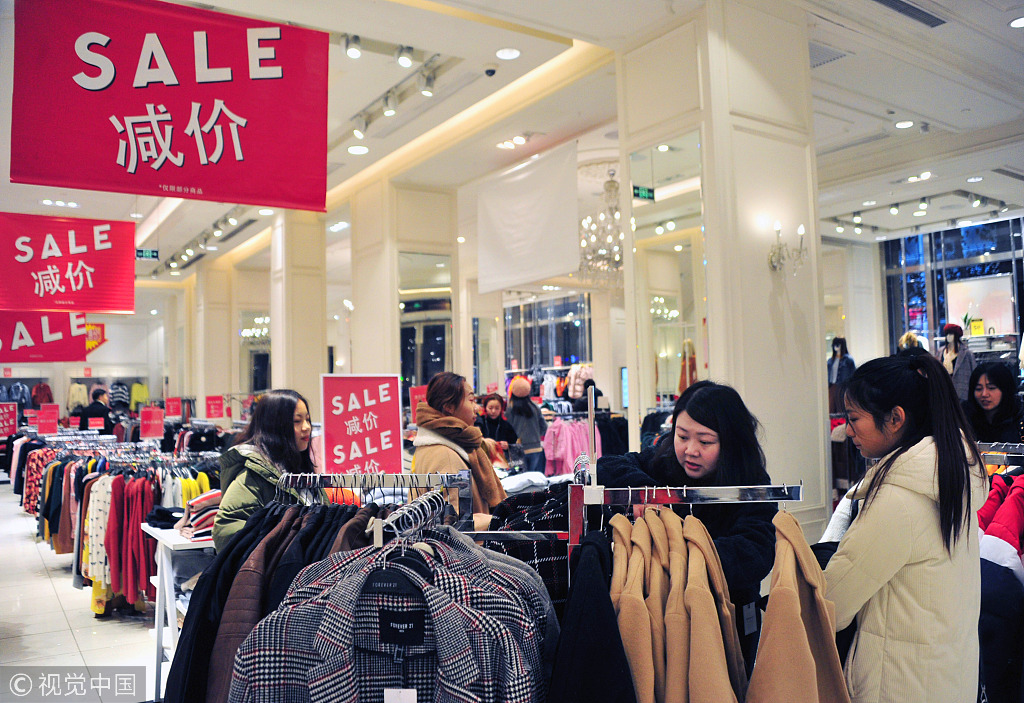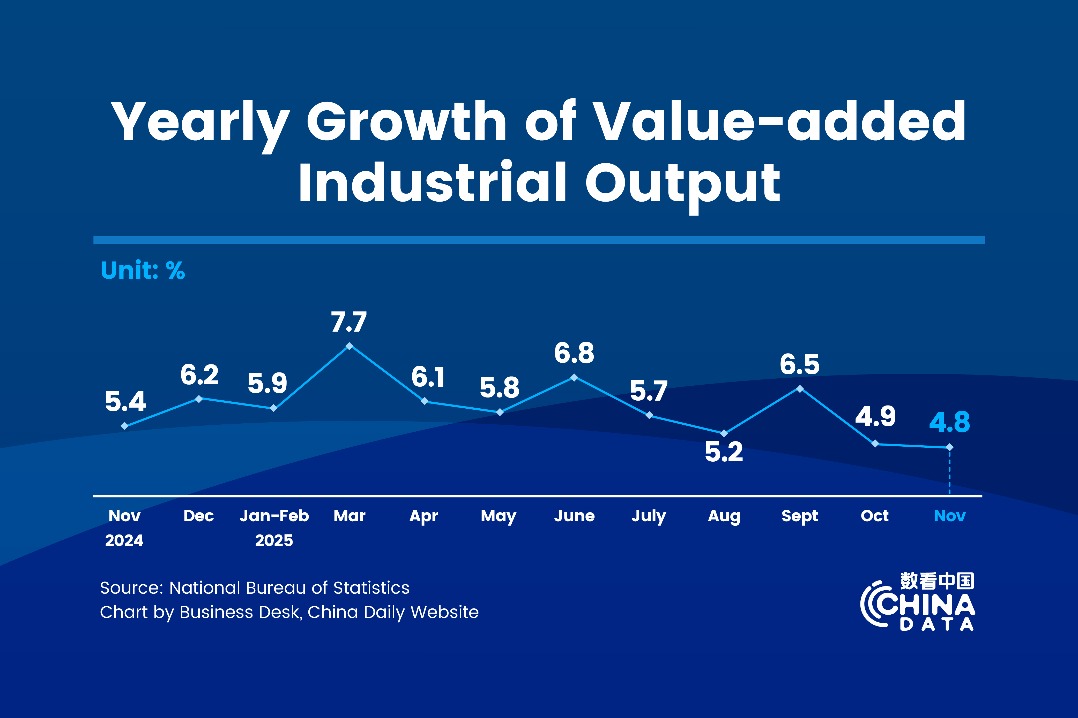10 out of 31 regions post double-digit growth in consumption


Of China's 31 provinces, municipalities and autonomous regions, 10 maintained double-digit growth in consumption last year, 21st Century Business Herald reported.
Southwest China's Tibet autonomous region, with a growth rate of 14.2 percent, took the top spot nationwide, followed by East China's Anhui province (11.6 percent). Sichuan province and Yunnan province tied for third place with 11.1 percent.
Last year, a total of 13 regions saw their consumption growth below 8 percent. Some developed regions such as Beijing and Tianjin saw growth at 2.7 percent and 1.7 percent respectively, placing them at the bottom two of the chart of 31 provincial-level regions.
Meanwhile, Northeast China's Heilongjiang, Jilin and Liaoning provinces, as well as Northwest China's Xinjiang Uygur and Ningxia Hui autonomous regions, also saw slower growth rate of retail sales of consumer goods.
However, slower growth doesn't mean consumption was downgrading, the newspaper said.
According to the National Bureau of Statistics, last year, total retail sales of consumer goods rose 9 percent from a year ago to 38 trillion yuan ($5.66 trillion). Consumption played an increasingly bigger role in the economy, contributing 76.2 percent of GDP growth, up significantly by 18.6 percentage points from a year ago.
Ning Jizhe, head of the National Bureau of Statistics, earlier said that China's consumption structure is upgrading overall as people's income rise.
Consumption is expected to contribute to 65 percent of China's economic growth in 2019 and remain the largest contributor, said Wang Bin, deputy director of the Department of Market Operation and Consumption Promotion at the Ministry of Commerce, at a recent meeting.
The newspaper said residents in Beijing and Tianjin, with higher income level, have lower demand for durable consumer goods such as food. That reflects consumption structure is changing, as they are spending more money on goods and services other than food.
Engel coefficient, a measure of food expenditure as a proportion of total household spending, fell to 28.4 percent last year, down 0.9 percentage point from the previous year.
People are becoming more rational when buying, said Yang Xiaoyan, a professor at Guangdong University of Foreign Studies, adding that it shows consumption is maturing rather than downgrading.



































